[ベスト] global greenhouse gas emissions pie chart 894764
You are About to View Greenhouse Gas (GHG) Emissions Data from Large Facilities Important Information about this Data Set This data set does not reflect total US GHG emissions The data was reported to EPA by facilities as of EPA continues to quality assure data and plans to release updated data periodicallyFood production is responsible for 26% of global greenhouse gas emissions;Updates the indicator framework monitoring greenhouse gas emissions from agriculture Other charts and tables have also been updated where new data are available In line with the requirements set out in the Climate Change Act 08 and as part of international
File Greenhouse Gas By Sector 00 Svg Wikimedia Commons
Global greenhouse gas emissions pie chart
Global greenhouse gas emissions pie chart-Greenhouse gas emissions are greenhouse gases vented to the Earth's atmosphere because of humans the greenhouse effect of their 50 billion tons a year causes climate changeMost is carbon dioxide from burning fossil fuels coal, oil, and natural gasThe largest polluters include coal in China and large oil and gas companies, many stateowned by OPEC and Russia Globally, the primary sources of greenhouse gas emissions are electricity and heat (31%), agriculture (11%), transportation (15%), forestry (6%) and manufacturing (12%) Energy production of all types accounts for 72 percent of all emissions




Human Systems And Geopolitics Topic 7 Superpowers Lesson
A pie chart of greenhouse gas emissions The following program depicts the emissions of greenhouse gases by mass of "carbon equivalent" Data from the 07 IPCC report, 07 Climate Change 07 Synthesis Report Contribution of Working Groups I, II and III to the Fourth Assessment Report of the Intergovernmental Panel on Climate Change CoreThreequarters of global greenhouse gas emissions result from the burning of fossil fuels for energy And fossil fuels are responsible for large amounts of local air pollution – a health problem that leads to at least 5 million premature deaths each year Global energyrelated CO2 emissions by sector Chart and data by the International Energy Agency
The Global greenhouse gas emissions indicator reports global human emissions of greenhouse gases (GHGs) for 05 and 18 Emissions from energy and nonenergy related sources are included in this indicator, while emissions from land use, land use change and forestry are excluded The emissions of GHGs include carbon dioxide, methane, nitrousEmissions Gap Report 19 As the world strives to cut greenhouse gas emissions and limit climate change, it is crucial to track progress towards globally agreed climate goals For a decade, UNEP's Emissions Gap Report has compared where greenhouse gas emissions are heading against where they need to be, and highlighted the best ways to close Carbon dioxide (CO 2) is the primary greenhouse gas emitted through human activitiesIn 19, CO 2 accounted for about 80 percent of all US greenhouse gas emissions from human activities Carbon dioxide is naturally present in the atmosphere as part of the Earth's carbon cycle (the natural circulation of carbon among the atmosphere, oceans, soil, plants, and animals)
FileGhg pie chart Turkey 19svg Size of this PNG preview of this SVG file 576 × 432 pixels Other resolutions 3 × 240 pixels 640 × 480 pixels 800 × 600 pixels 1,024 × 768 pixels 1,280 × 960 pixels 2,560 × 1,9 pixels This is a file from the Wikimedia Commons Information from its description page there is shown belowThis chart shows the change in global greenhouse gas emissions over time Greenhouse gases are measured in 'carbon dioxideequivalents' (CO 2 e) Today, we collectively emit around 50 billion tonnes of CO 2 e each year This is more than 40% higher than emissions in 1990, which were around 35 billion tonnesThat's one reason why climate change requires global action The graph below shows how the world's total greenhouse gas emissions are continuing to increase every year



Global Greenhouse Gas Emissions By Country And Sector Used Cait As Data Source Climatechange



Reducing Co2 Together Cars Vans And Heavy Duty Vehicles
Global emissions in 16 (minus crossboundary emissions), as the sum of those in the chart, was approximately 34 to 35 billion tonnes of CO 2 Adding one billion individuals with a per capita footprint of 113 tCO 2 per person per year would equal an addition 11 billion tonnes of CO 2 per year (1 billion*113 = 113 billion tonnes) This is equivalent to almost onethird of globalLearn more about the major greenhouse gases by selecting pieces of the pie chart below Water Vapor It's a Gas!New Zealand greenhouse gas (GHG) emissions have been relatively unchanged since 05 In 18 New Zealand's gross greenhouse gas emissions were 7 million tonnes of CO 2e, 240 percent higher than 1990 and 10 percent lower than 17 In 18




1 Pie Chart Of The Global Co2 Emission Contributions Of Different Download Scientific Diagram
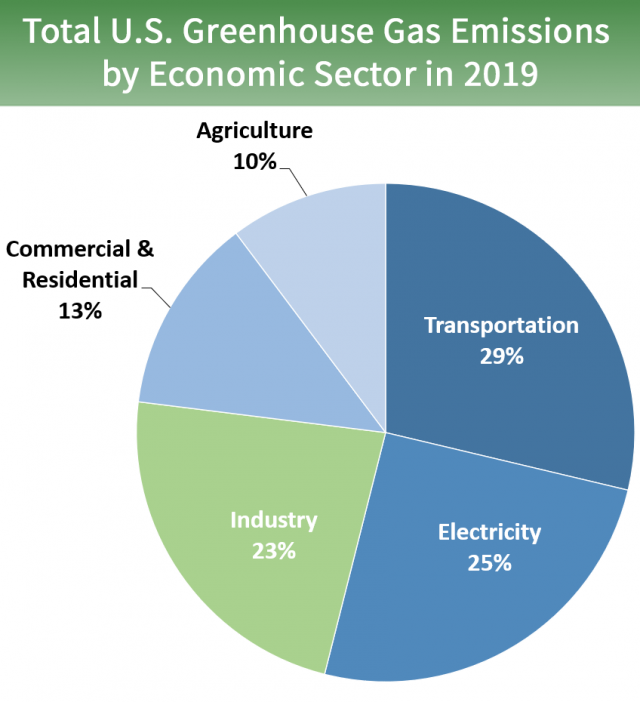



Sources Of Greenhouse Gas Emissions Us Epa
However, with the exception of the year when CO2 emissions declined because of the pandemic, annual emissions have been rising fairly consistently Below is a char t from Our World in Data which shows all global greenhouse gas emissions by sector for the year 16 The data included in that pie chart is more than four years old;This is a list of sovereign states and territories by carbon dioxide emissions due to certain forms of human activity, based on the EDGAR database created by European Commission and Netherlands Environmental Assessment Agency released in 18 The following table lists the 1990, 05 and 17 annual CO 2 emissions estimates (in Megatonnes of CO 2 per year) along with a list of




Pie Charts Depicting The Origin Of The Fossil Fuel Co 2 Signal For Each Download Scientific Diagram




Why Are High Emission Countries Lagging On Climate Protection Environment All Topics From Climate Change To Conservation Dw 12 12 19
The livestock we raise for meat and dairy consumption has a sizable impact on the global emissions profile This pie chart shows emissions by species for livestock Credit Tackling climate change through livestock – A global assessment of emissions and mitigation opportunities By (Gerber et al, 13)In 17, Australia's greenhouse gas emissions increased for the third consecutive year, approaching alltime highs (excluding the land use – LULUCF – sector) In order to limit global temperature rise and tackle increasing extreme weather fuelled by climate change, the Federal Government has committed to the nearuniversally agreed Paris Climate Agreement As part ofThis pie chart sample shows the atmosphere air composition It was designed on the base of the Wikimedia Commons file Air composition pie chartJPG dioxide is an important greenhouse gas which is thought to be responsible for some fraction of the rapid increase in global warming seen especially in the temperature records in the th




Climate Change And Zero Waste Eco Cycle Solutions Hub



How To Calculate Ghg Emissions From Scope 3
Graph by NOAA Climategov based on data from NOAA ESRL According to the 19 AGGI report, the combined heating influence of the longlived, humanproduced greenhouse gases is 314 Watts for every square meter of Earth's surface Just over 80 percent of that is due to carbon dioxide (66%) and methane (16%)Which fossil fuel companies are most responsible for climate change?AR5 Climate Change 14 Mitigation of Climate Change The Working Group III contribution to the IPCC's Fifth Assessment Report (AR5) assesses literature on the scientific, technological, environmental, economic and social aspects of mitigation of climate change since 07 when the Fourth Assessment Report (AR4) was released




Greenhouse Gas Emissions In Santa Fe City Of Santa Fe New Mexico
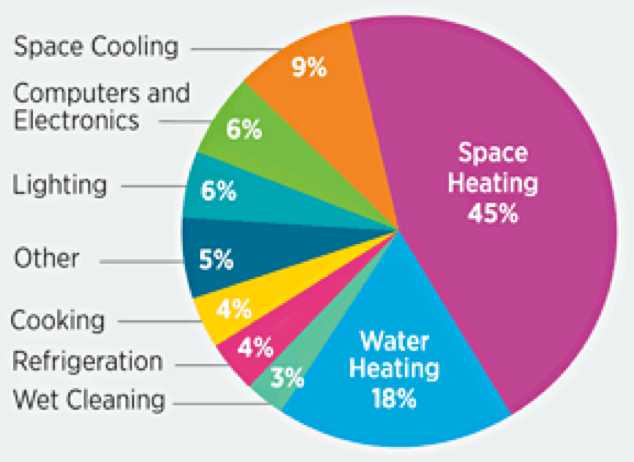



Carbon Dioxide Emissions And Carbon Footprint Mahb
The graphic paints a picture of how that looks for each country China's emissions for energy alone make up nearly percent of total global discharge of greenhouse gases In order avoid the This indicator describes emissions of greenhouse gases worldwide Figure 1 Global Greenhouse Gas Emissions by Gas, 1990–15 This figure shows worldwide emissions of carbon dioxide, methane, nitrous oxide, and several fluorinated gases from 1990 to 15 For consistency, emissions are expressed in million metric tons of carbon dioxide equivalents– interactive All but seven of the 90 companies found to
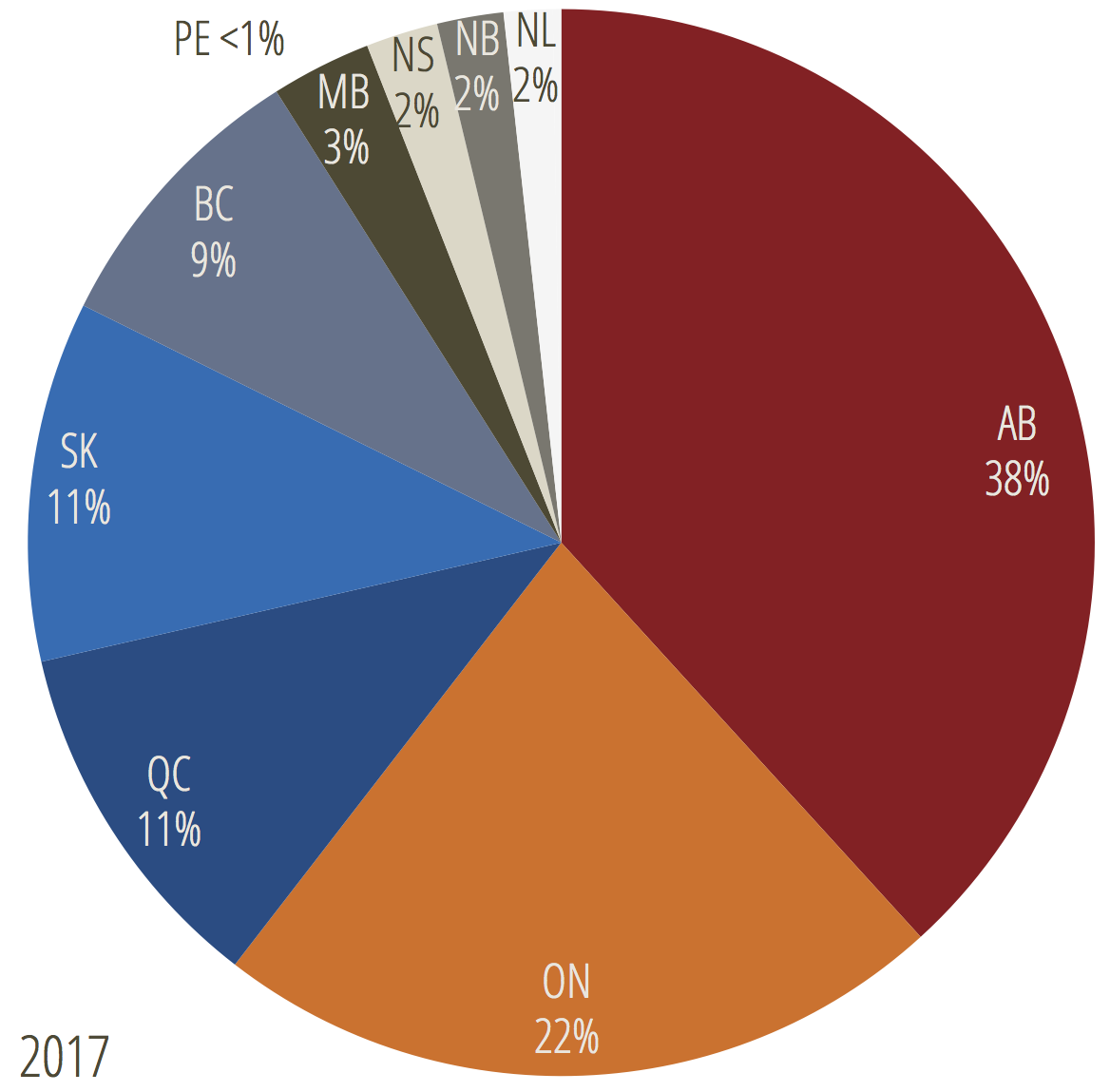



The Most Important Climate Numbers You Need To Know Blog Posts Pembina Institute
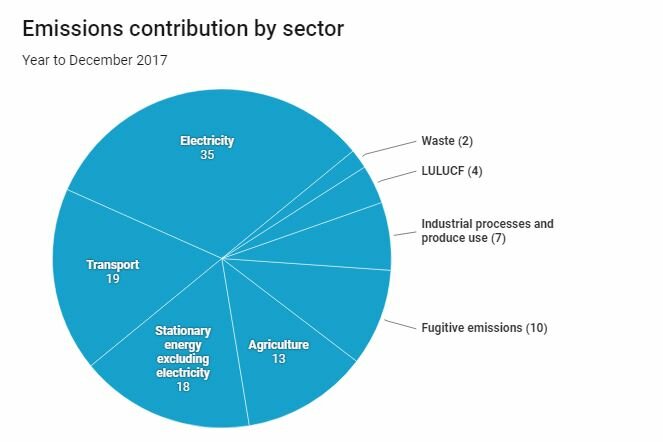



How To Neutralise Your Greenhouse Gas Footprint
In 19, direct industrial greenhouse gas emissions accounted for 23 percent of total US greenhouse gas emissions, making it the third largest contributor to US greenhouse gas emissions, after the Transportation and Electricity sectors Including both direct emissions and indirect emissions associated with electricity use, industry's share of total US greenhouse This can only be achieved if global greenhouse gas emissions are rapidly reduced Assessing the development Greenhouse gas emissions in Germany have fallen since 1990 from 1,249 million tonnes of CO 2 equivalents in 1990 to 810 million tonnes in 19 – the lowest level since 1990 This amounts to a decline of more than 35 %Protocols, emissions from each of the gases is weighted by its global warming potential (GWP) 3, so that total greenhouse gas emissions can be reported on a consistent basis The GWP for each gas is defined as its warming influence relation to that of carbon dioxide over a 100year period




Global Greenhouse Gas Emissions By Gas 14 U S Environmental Download Scientific Diagram
/cdn.vox-cdn.com/uploads/chorus_asset/file/16185122/gw_graphic_pie_chart_co2_emissions_by_country_2015.png)



Climate Change Animation Shows Us Leading The World In Carbon Emissions Vox
Seven Charts on Climate Policies for Key Sectors in the European Union By Nicolas Arregui and Andreas A Jobst IMF European Department The European Union remains a global leader in reducing greenhouse gas emissions The European Commission has proposed a significant cut in emissions by 30 and net zero emissions by 50Russia (see Greenhouse gas emissions by Russia) 1,992 1630 2670 1381 Indonesia 1,704 506 Brazil 1,421 1050 524 Japan 1,155 1231 1310 1411 Iran 8 876 572 Germany 777 1 918 7 Canada (see Greenhouse gas emissions by Canada) 763 716 575 Mexico 695 718 528 Democratic Republic of the Congo 6 South Korea 673 732 634 Saudi Arabia 638 US CO2 emissions from petroleum and other liquids declined by 08% ( MMmt) in 19 compared with 18 With increased consumption, US natural gas CO2 emissions increased in total 356% (443 MMmt) from 07 to 19 From 18 to 19, natural gasrelated CO2 emissions increased by 33% (54 MMmt)




Colorado S Greenhouse Gas Reduction Roadmap Raises Concerns




Human Systems And Geopolitics Topic 7 Superpowers Lesson
Plastics refining is also greenhousegas intensive In 15, emissions from manufacturing ethylene, the building block for polyethylene plastics, were 1843 to 213 million metric tons of carbon dioxide equivalent, which is about as much as 45 million passenger vehicles emit during one year, according to the CIEL report 19 UK greenhouse gas emissions final figures xlsx and ods data tables updated New annex added final emissions by end user and fuel type 2 February 21Atmosphere of Earth Wikipedia The pie chart example "Atmosphere air composition" was created using the ConceptDraw PRO diagramming and vector drawing software extended with the Pie Charts solution of the Graphs and Charts area in ConceptDraw Solution Park Draw A Pie Chart To Represent The Gases That Contribute To Greenhouse Effect




The Pie Chart Of The Main Elements 4 Of A Person S Carbon Footprint Download Scientific Diagram
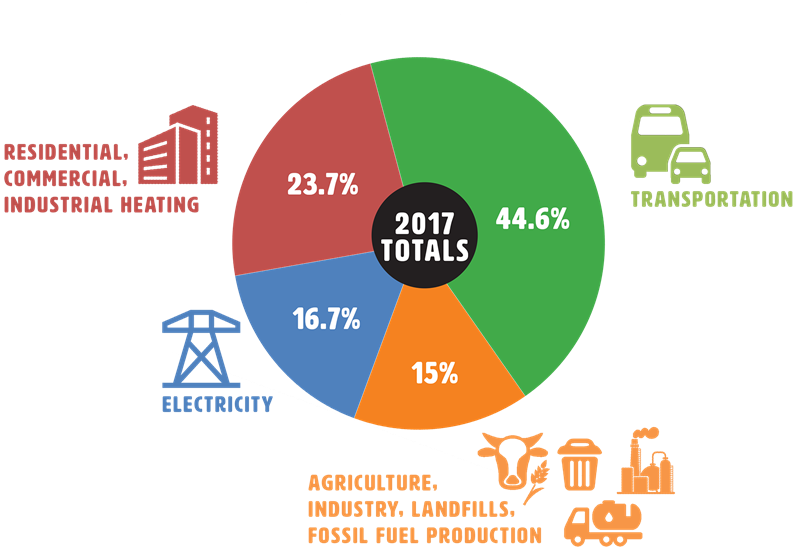



Kuow Sorry Climate Washington State S Carbon Emissions Stay Stubbornly High
The pandemic will cause a dip in emissions, but this will only be temporary without a dramatic and planned shift to lowcarbon economies In 19, total greenhouse gas emissions, including landuse change, reached a new high of 591 gigatonnes of carbon dioxide equivalent (GtCO 2 e) This means that atmospheric concentrations of carbon dioxide continue to grow, as shown in the The pie chart above illustrates the 18 US humancreated greenhouse gas emissions and does not include natural sources and sinks of greenhouse gases Fluorinated gases, methane, and nitrous oxide have a large impact on global warming despite being a small percentage of emitted greenhouse gasesAnnual global total greenhouse gas emissions (GtCO 2e) Unconditional NDC scenario Global total emissions 56 GtCO 2e (range 5258) Current policy scenario Global total emissions 59 GtCO 2e (range 5660) No policy baseline Global total emissions 65 GtCO 2e (range 6070) 15°C pathways Global total emissions 24 GtCO 2e (range 2230) 2°C pathways




Pin By Amanda Joy Ravenhill On Project Drawdown Ghg Emissions Global Warming Emissions
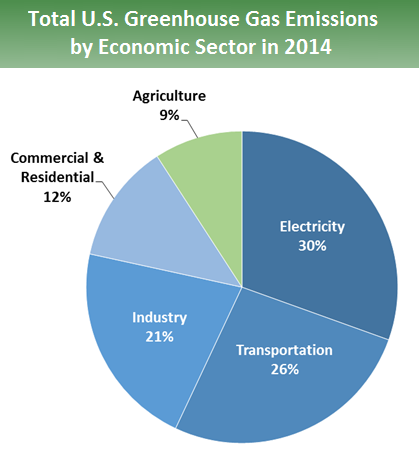



Sources Of Greenhouse Gas Emissions Greenhouse Gas Ghg Emissions Us Epa
And food waste is responsible for 24% of that figure Therefore food waste as a share of global emissions is 24% * 26 = 6% Latest data from the World Resource Institute's CAIT Climate Data Explorer reports that aviation accounts for 19% of global greenhouse gas emissions Food losses and waste Greenhouse gases emissions in the EU and in the world The charts above list EU countries by total greenhouse gas (GHG) emissions in 17 and the infographic below shows the world's top greenhouse gas emitters in 15 The EU is the third biggest emitter behind China and the United State and followed by India and Russia The chart above and table below both show data compiled by the International Energy Agency, which estimates carbon dioxide (CO 2) emissions from the combustion of coal, natural gas, oil, and other fuels, including industrial waste and nonrenewable municipal waste Here we rank the top highest emitters of annual carbon dioxide in 18 (the most recent




Climate Justice The Facts New Internationalist




University Work Hannah Jones
For the purposes of reporting, greenhouse gas emissions are allocated into National Communication sectors These are a small number of broad, highlevel sectors, and are as follows energy supply, business, transport, public, residential, agriculture, industrial processes, land use land use change and forestry (LULUCF), and waste management




Emissions Of The Powerful Greenhouse Gas Sf6 Are Rising Rapidly World Economic Forum




Pie Chart Showing Total Greenhouse Gas Emissions Due To Human Activities In 10 Climate Change Greenhouse Gas Emissions Human Activity
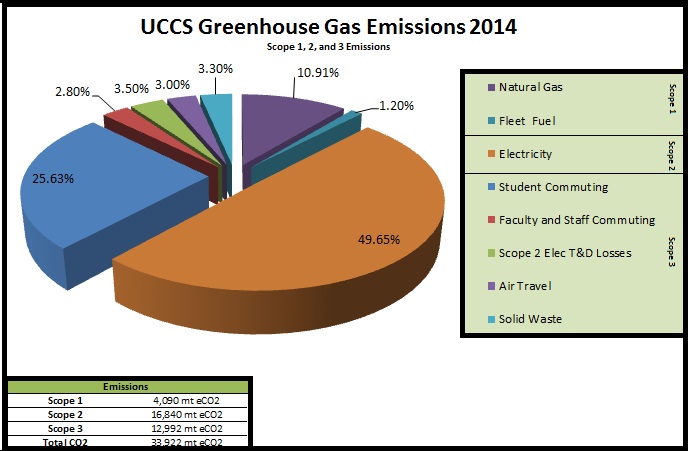



Climate Greenhouse Gases Sustainability
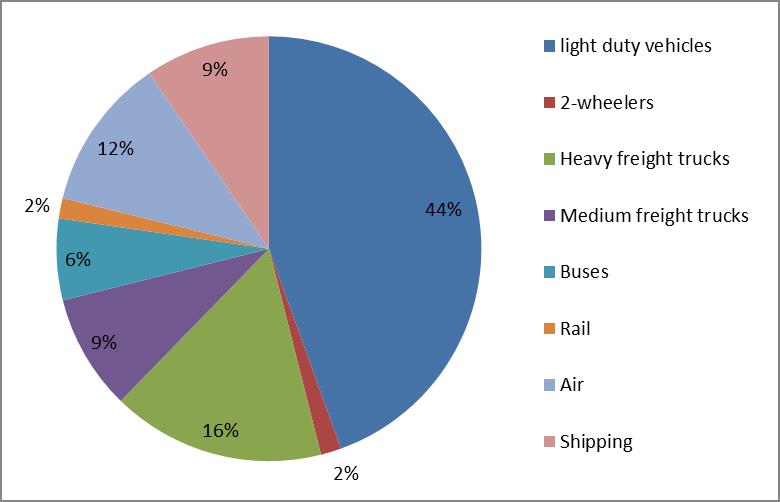



Transport Carbon Emission Reduction And Health The Possibility Of A Virtuous Circle Public Health Expert University Of Otago New Zealand
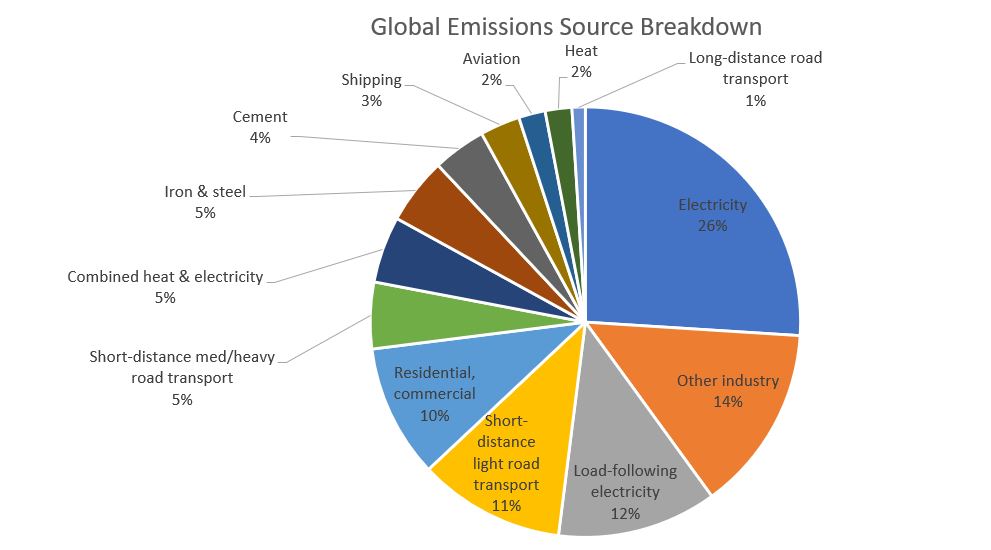



Carbonfootprint Com Climate Change
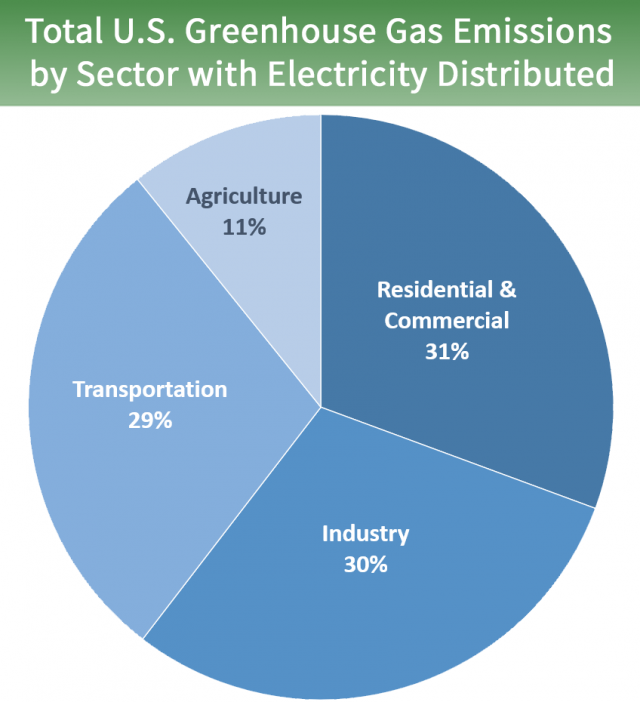



Sources Of Greenhouse Gas Emissions Us Epa
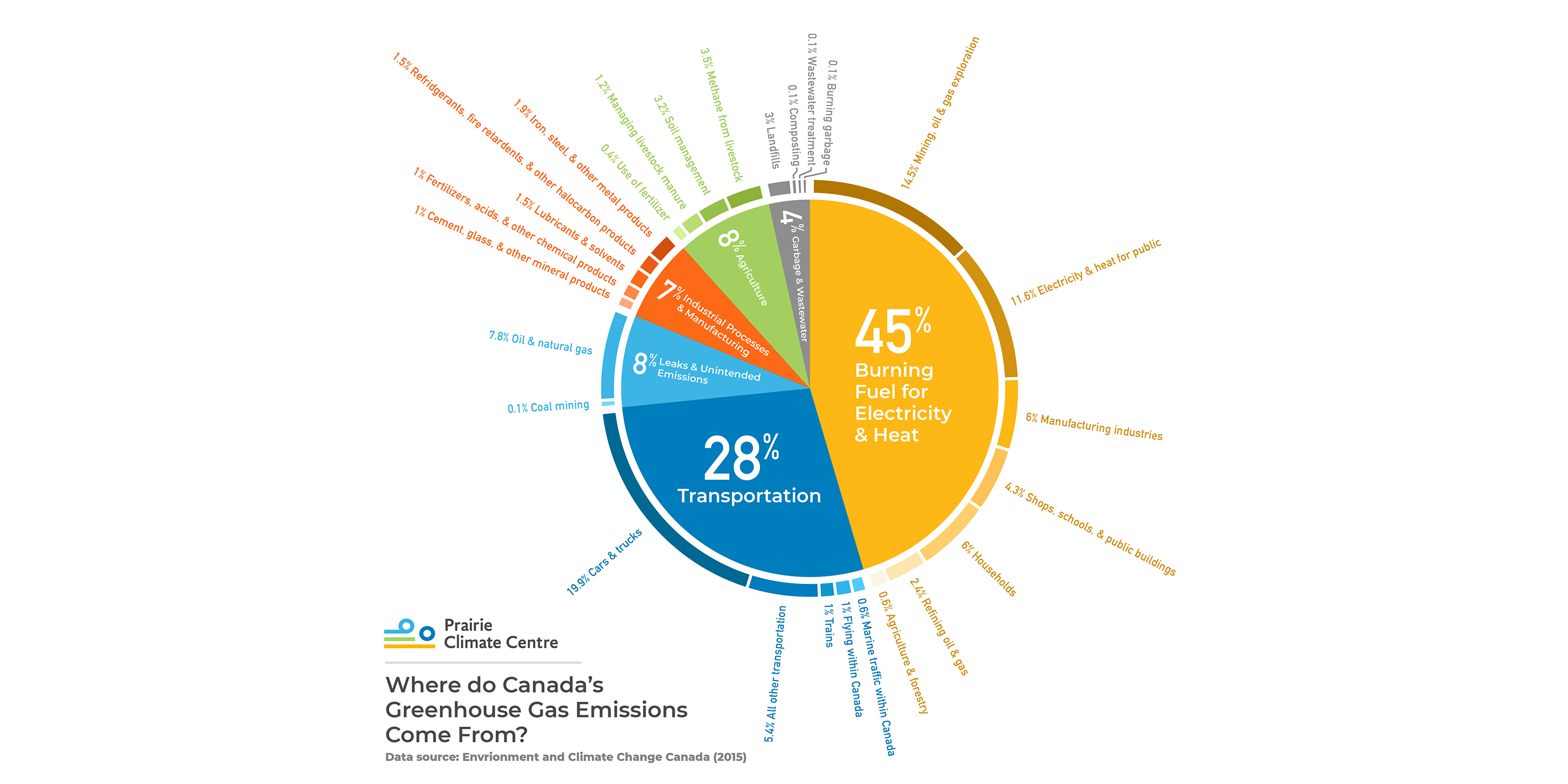



Where Do Canada S Greenhouse Gas Emissions Come From




Carbon Footprint Factsheet Center For Sustainable Systems




Chart Of The Day Greenhouse Gas Pollution In California Streets Mn




Windsor S Greenhouse Gas Emissions




Windsor S Greenhouse Gas Emissions
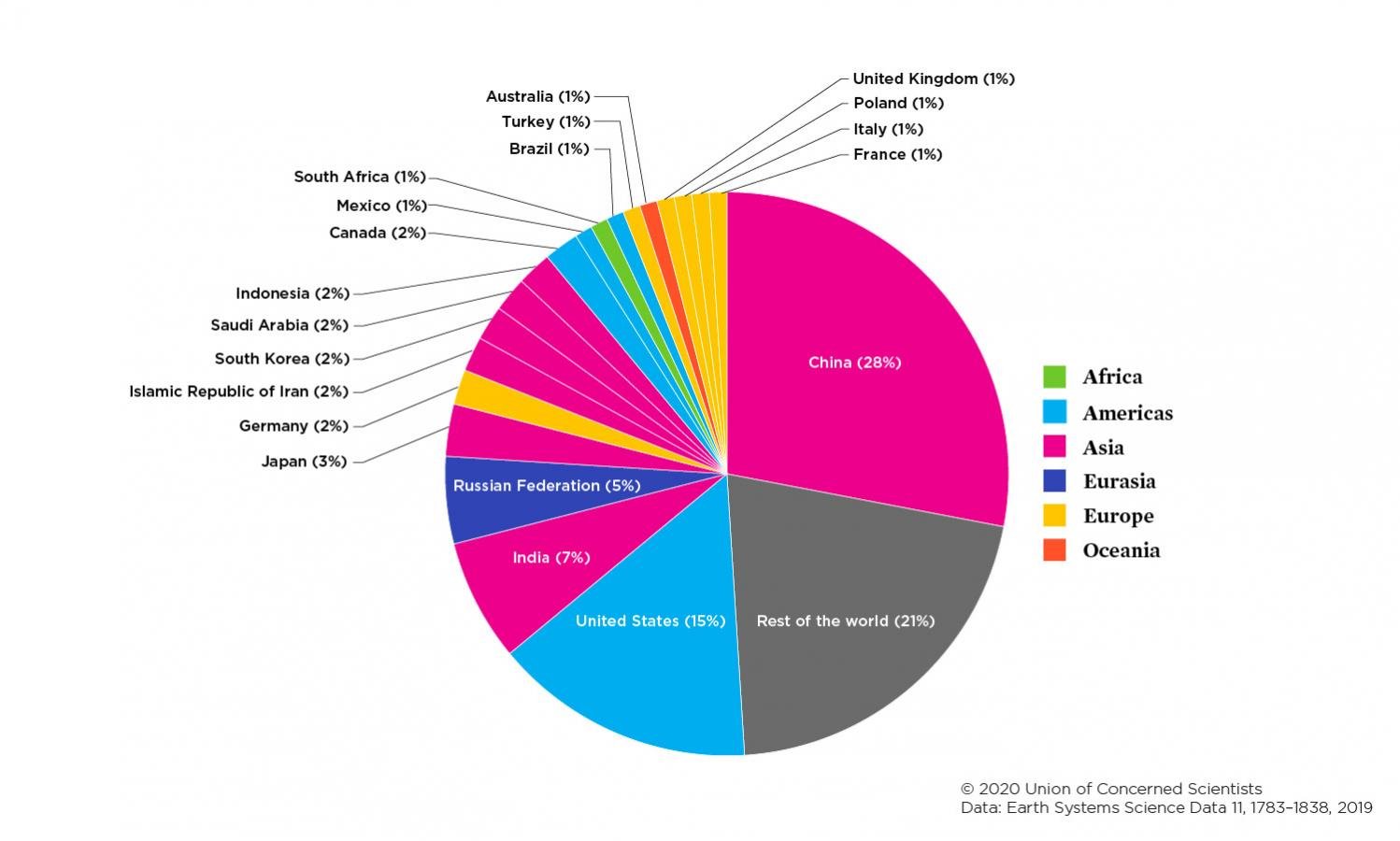



Sobriquette Szuksegem Van Csatlakozik Global Emissions Pie Chart Bozemanhorseboard Com




Sources Of Greenhouse Gas Emissions Us Epa




Manitoba Agricultural Ghgs Climate Change Connection
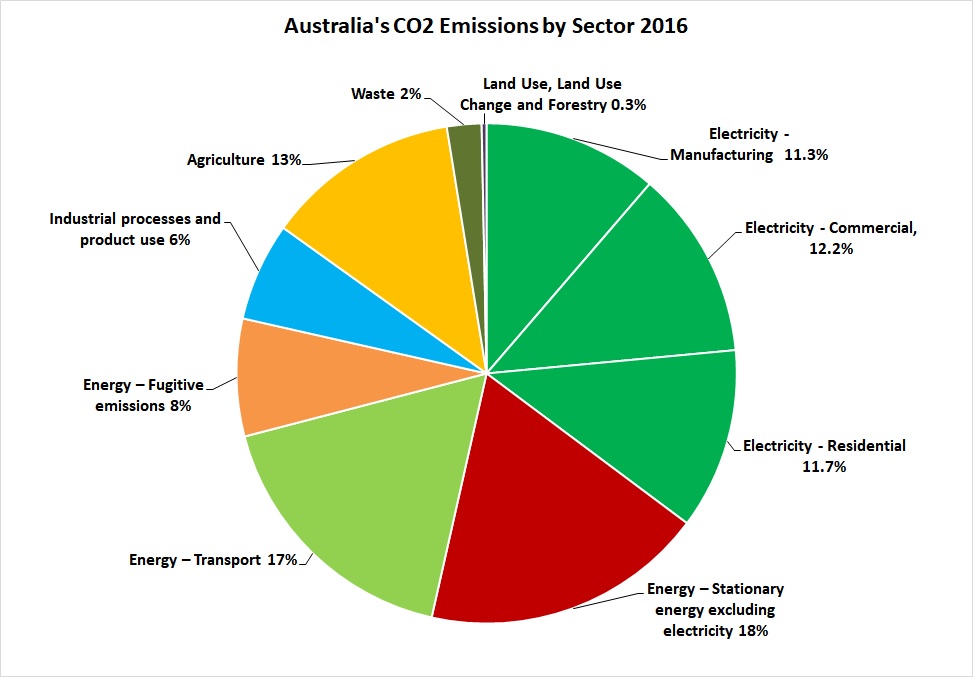



Can Australians Face Up To Real Carbon Reductions Part 1 Nuclear For Climate Australia
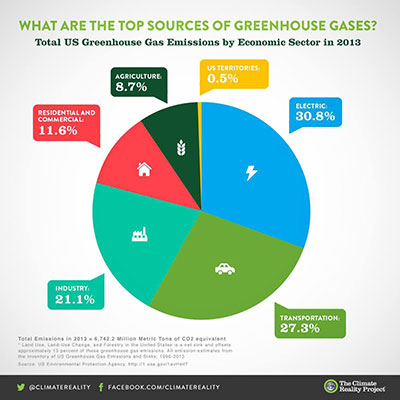



Agriculture Causes Less Emissions Than Transportation
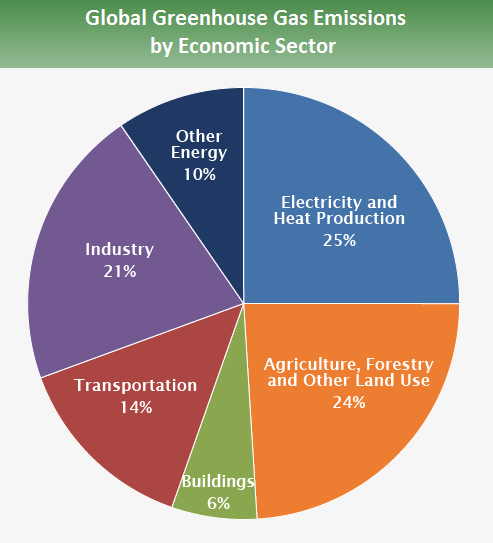



Global Greenhouse Gas Emissions Data Us Epa
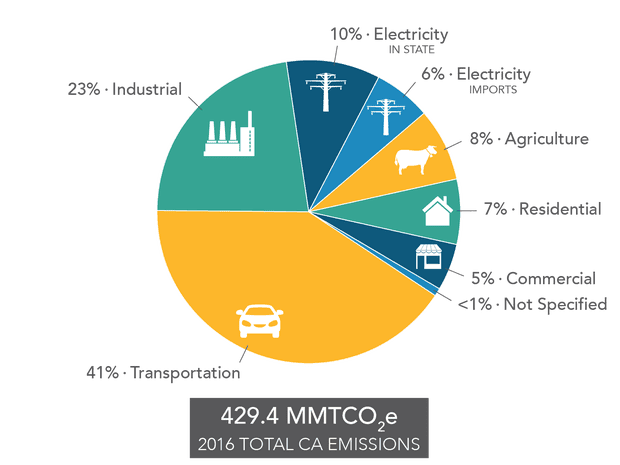



California Plans To Show The World How To Meet The Paris Climate Target



Seattle S Carbon Footprint Assessing The Assessment Hugeasscity




Windsor S Greenhouse Gas Emissions
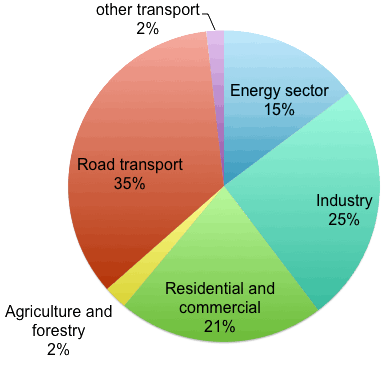



How Do Greenhouse Gas Emissions Presently Evolve Jean Marc Jancovici
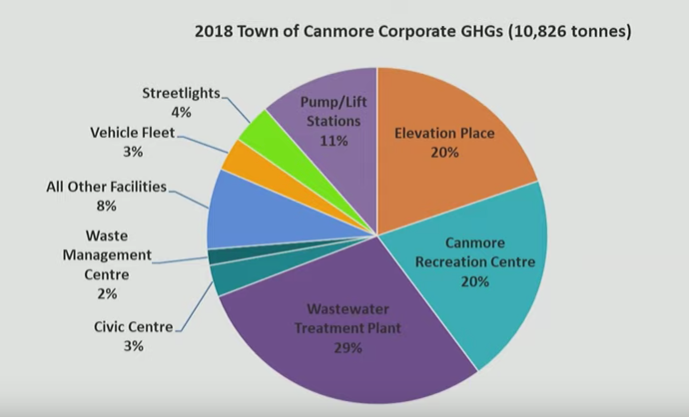



Canmore S Corporate Greenhouse Gas Emissions Decline By 0 4 Per Cent Rmotoday Com




Ielts Daily Pie Chart Model Answer Just For Facebook
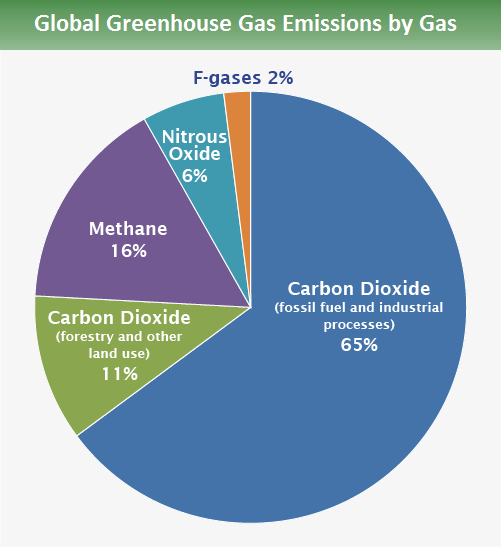



Global Greenhouse Gas Emissions Data Us Epa




Go Green Whitepaper Neste
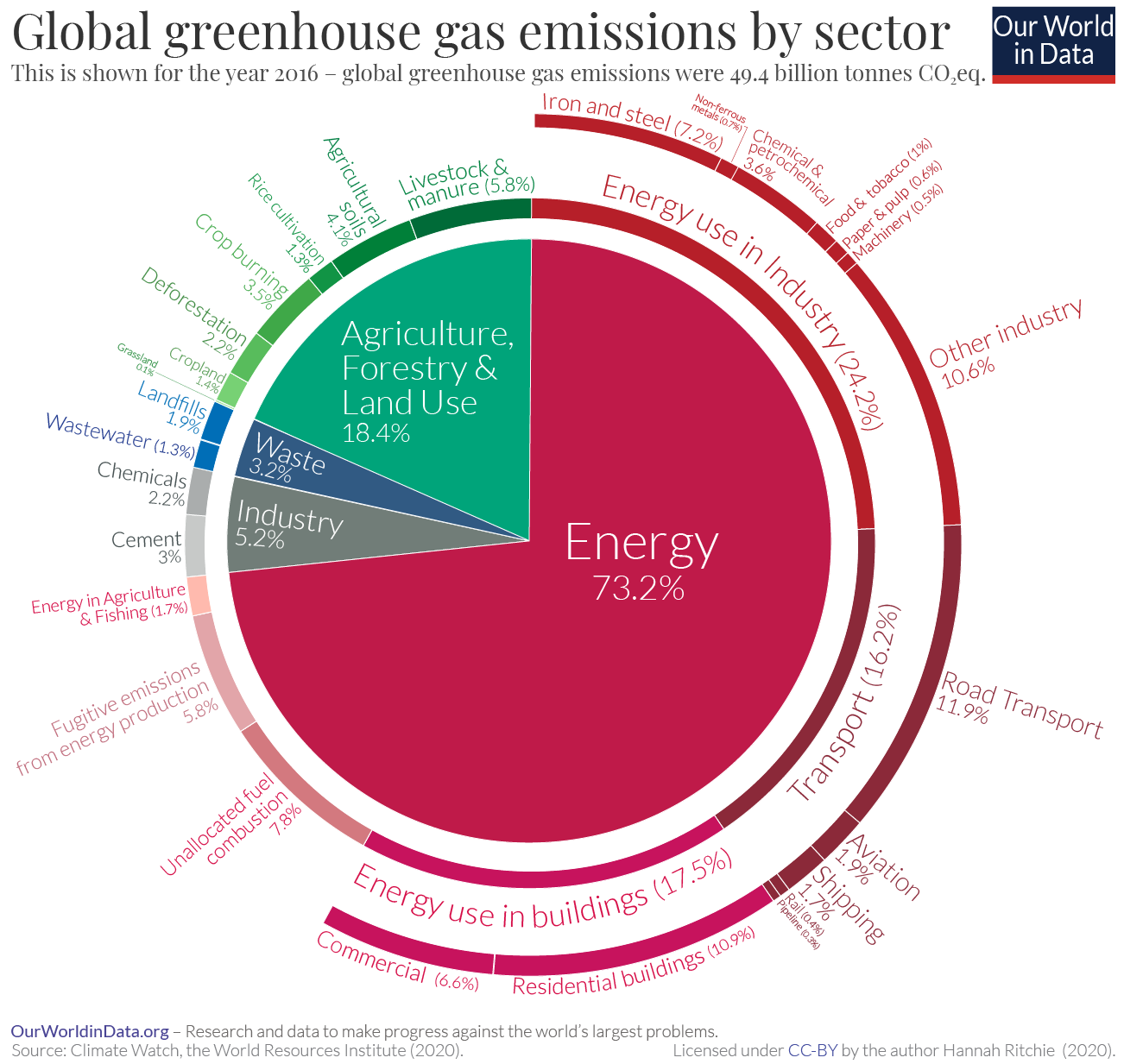



Sector By Sector Where Do Global Greenhouse Gas Emissions Come From Our World In Data
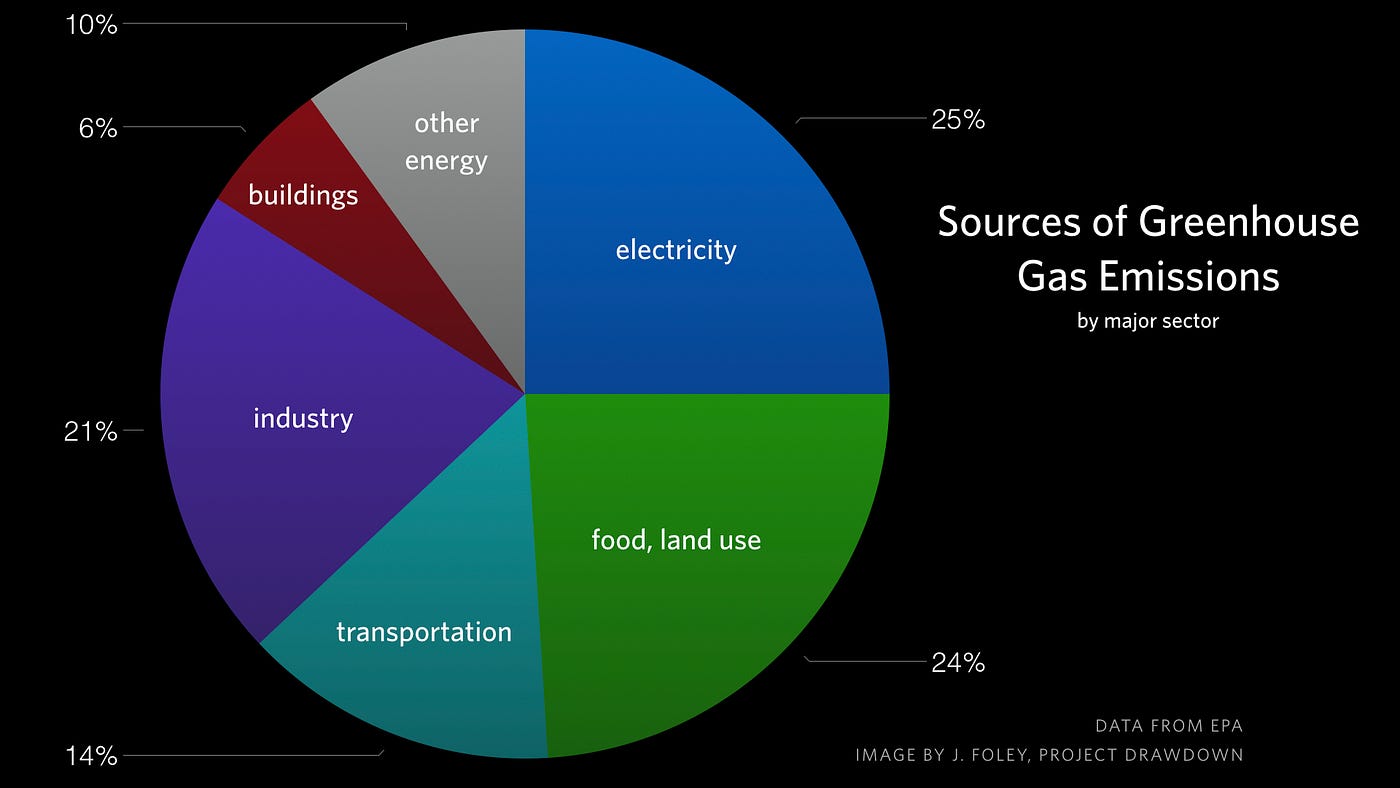



Major Causes Of Climate Change Globalecoguy Org




Facing The Heat Man S Chilling Impact On Global Warming Nitty Gritty Stanford Magazine




Greenhouse Gas Carbon Footprint Carbon Dioxide Pie Chart Low Carbon Footprint Png Pngegg



Record High For Global Carbon Emissions China Is The Leader Watts Up With That



Greenhouse Effect Global Warming Climate Change Ecology
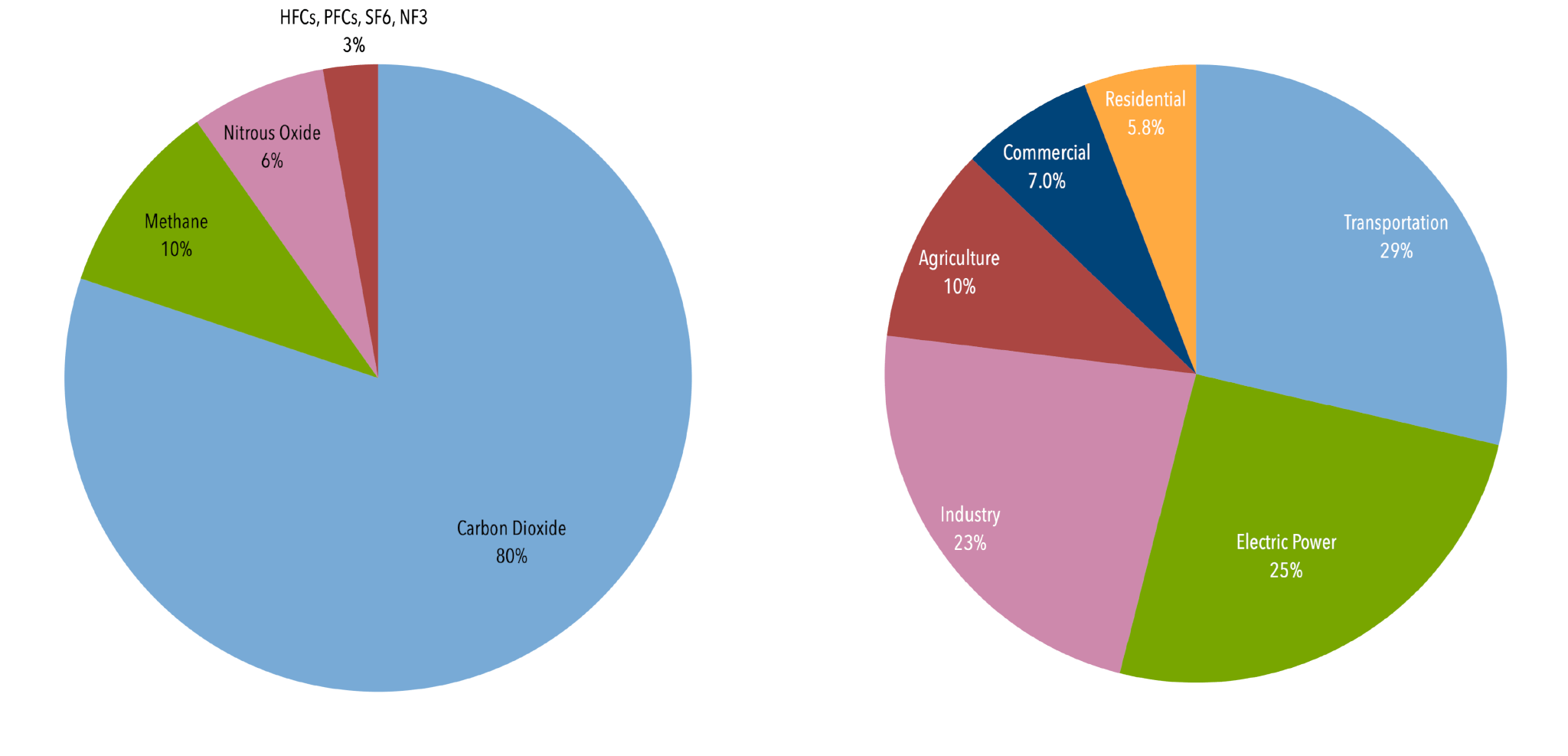



U S Emissions Center For Climate And Energy Solutions




Sobriquette Szuksegem Van Csatlakozik Global Emissions Pie Chart Bozemanhorseboard Com




Canada Ghg By Province Climate Change Connection




8 Billion Trees Carbon Offset Projects Ecological Footprint Calculators Calculate Emissions By Country View Carbon Footprint Data Around The World




Inventory Of U S Greenhouse Gas Emissions And Sinks 1990 11 Greenhouse Gases Greenhouse Gas Emissions Climate Change




Chart Of The Day Greenhouse Gas Pollution In California Streets Mn



Fichier Co2 Emission Pie Chart Svg Wikipedia




Climate Change 101 Causes And Effects Good Intent




Pie Chart Of U S Carbon Dioxide Emissions By Source 34 Is From Electricity 34 Is From Transportation Greenhouse Gases Greenhouse Gas Emissions Emissions




Global Warming Pie In The Sky




How To Avoid A Climate Disaster Unsolicited Feedback
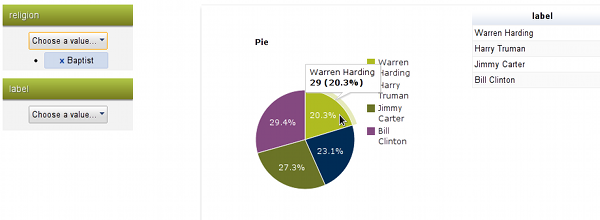



Greenhouse Gas Emissions By Aggregated Sector European Environment Agency



File Greenhouse Gas By Sector 00 Svg Wikimedia Commons



1
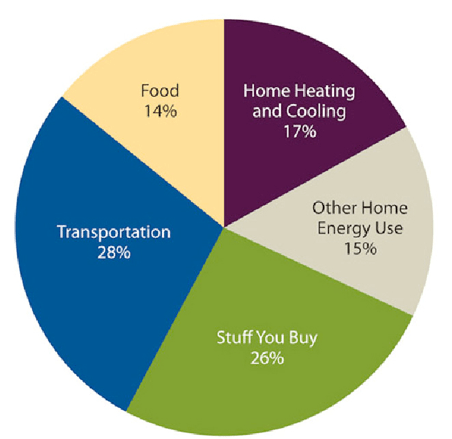



Carbon Dioxide Emissions And Carbon Footprint Mahb
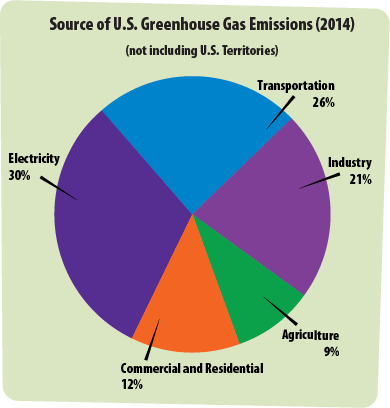



Greenhouse Gases A Student S Guide To Global Climate Change Us Epa
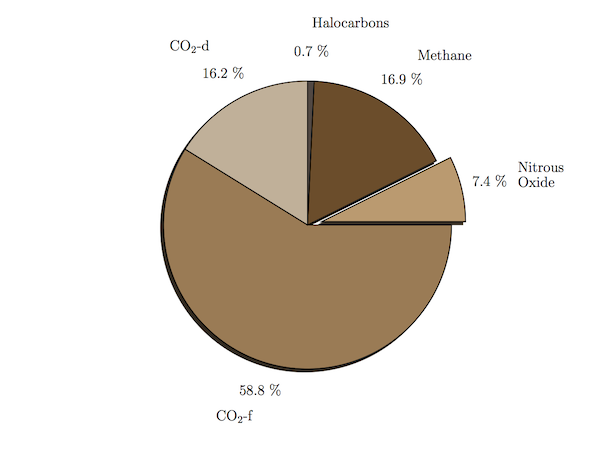



A Pie Chart Of Greenhouse Gas Emissions




Greenhouse Gas Emissions By Country And Sector Infographic News European Parliament




Pie Chart That Shows Different Types Of Gases From Carbon Dioxide Fossil Fuel Use Deforestation Greenhouse Gases Greenhouse Gas Emissions Ghg Emissions




Greenhouse Gases A Student S Guide To Global Climate Change Us Epa
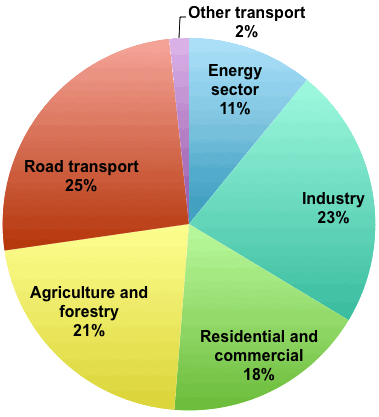



How Do Greenhouse Gas Emissions Presently Evolve Jean Marc Jancovici



Sectoral Greenhouse Gas Emissions By Ipcc Sector European Environment Agency



Greenhouse Gases Pie Chart 35 Images The Chart Greenhouse Gas Emissions Flourish Clean Growth Strategy Executive Summary Overview For Jayhawks1644




Chart Of The Day These Countries Have The Largest Carbon Footprints World Economic Forum



The Full Story On Climate Change Requires The Eurekalert
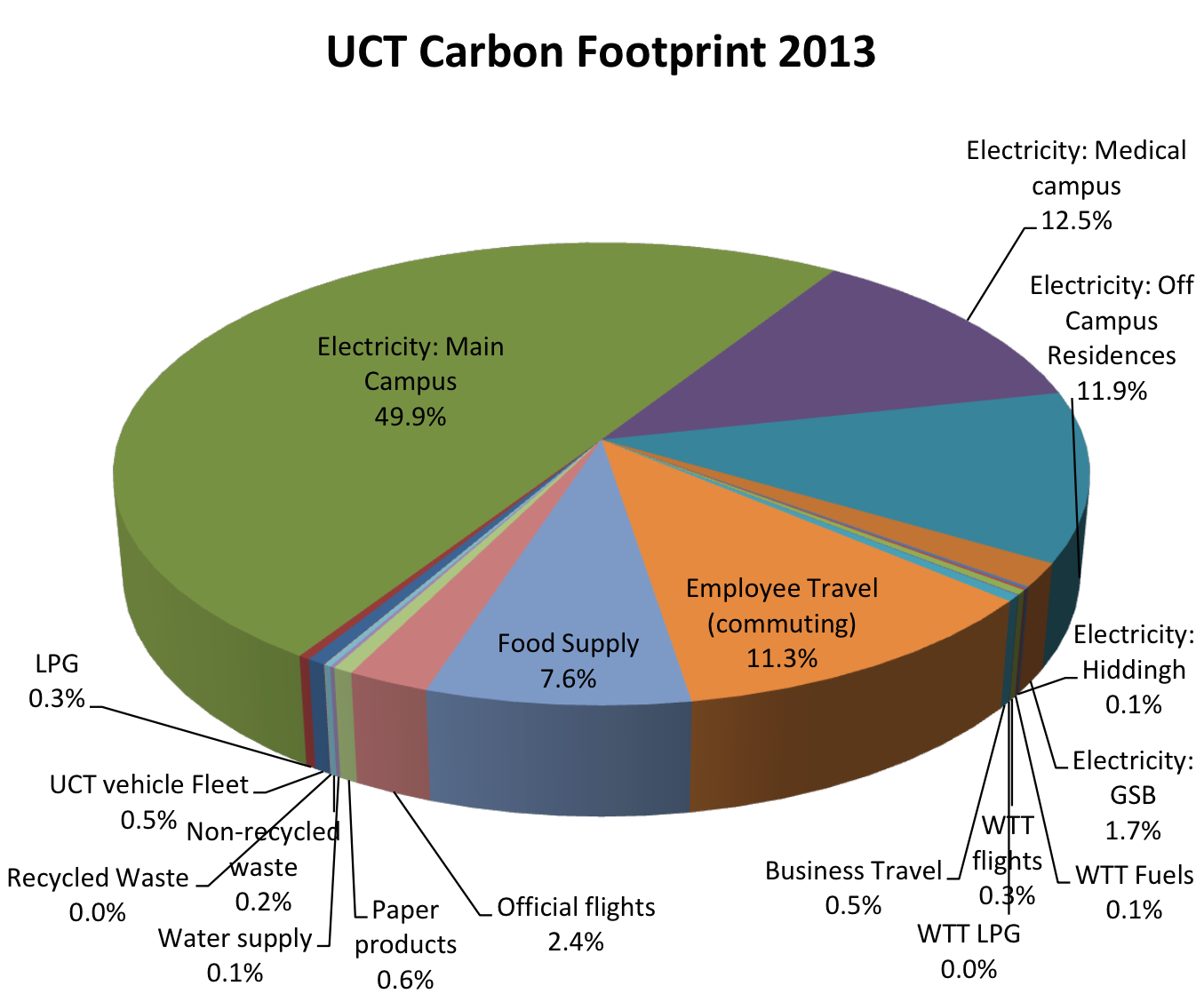



Sobriquette Szuksegem Van Csatlakozik Global Emissions Pie Chart Bozemanhorseboard Com



Emissions By Sector Our World In Data
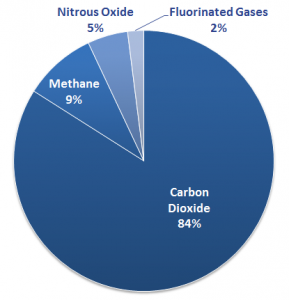



Climate Change Environmental Science



What Sector Emits The Most Greenhouse Gas Annually Quora



Global
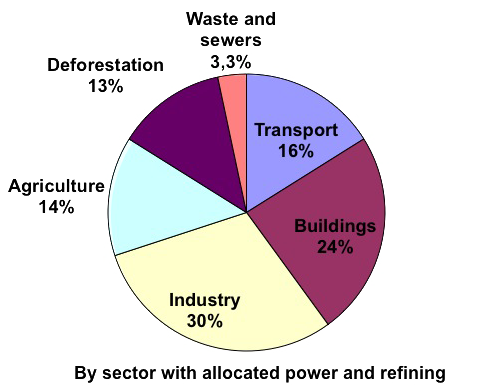



How Do Greenhouse Gas Emissions Presently Evolve Jean Marc Jancovici
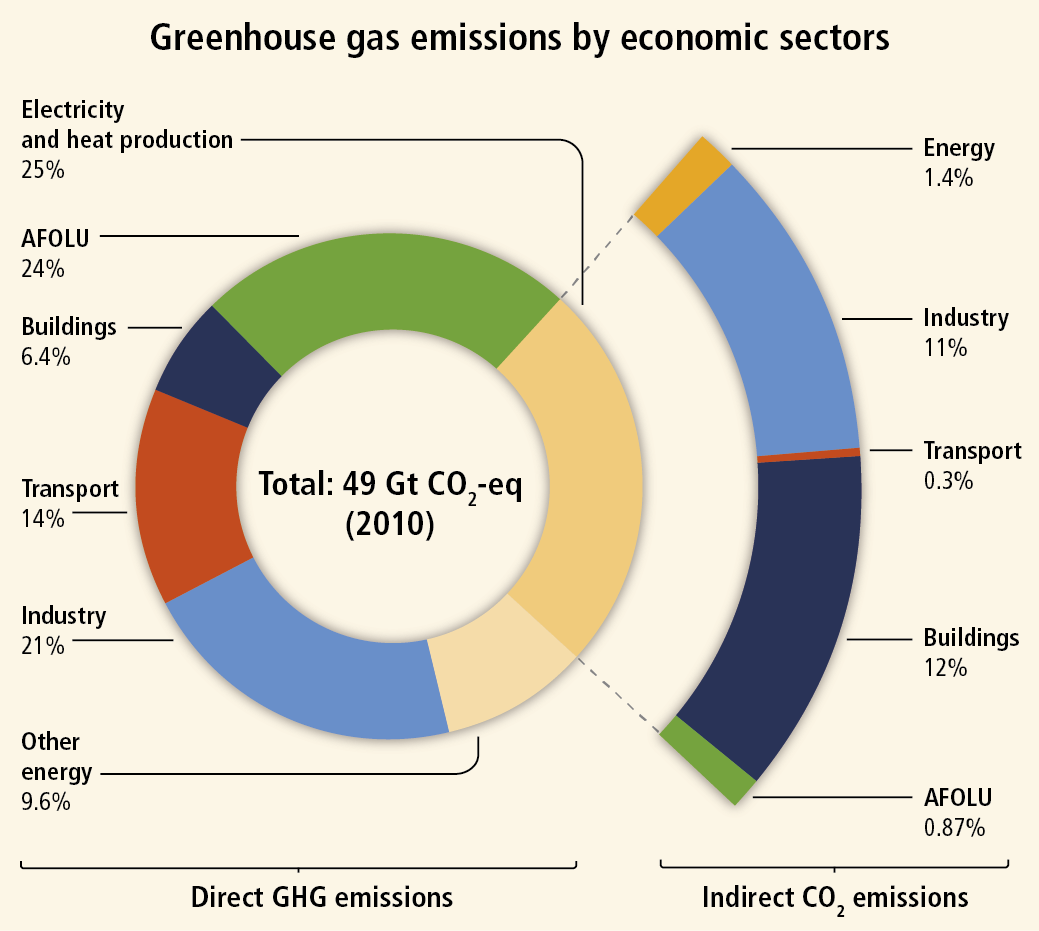



Sobriquette Szuksegem Van Csatlakozik Global Emissions Pie Chart Bozemanhorseboard Com




Ghg Emissions Manitoba Climate Change Connection




Sobriquette Szuksegem Van Csatlakozik Global Emissions Pie Chart Bozemanhorseboard Com
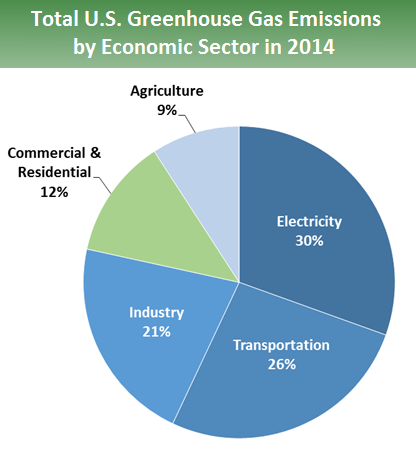



Sources Of Greenhouse Gas Emissions Greenhouse Gas Ghg Emissions Us Epa




The World Thorium Reserves Pie Chart Generated From Data On Mineral Download Scientific Diagram
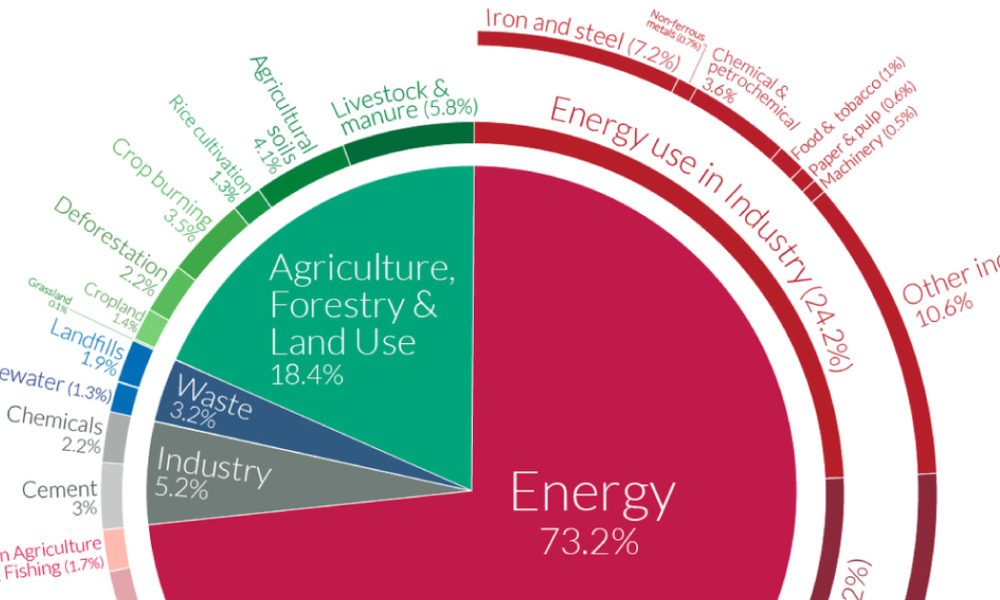



A Global Breakdown Of Greenhouse Gas Emissions By Sector
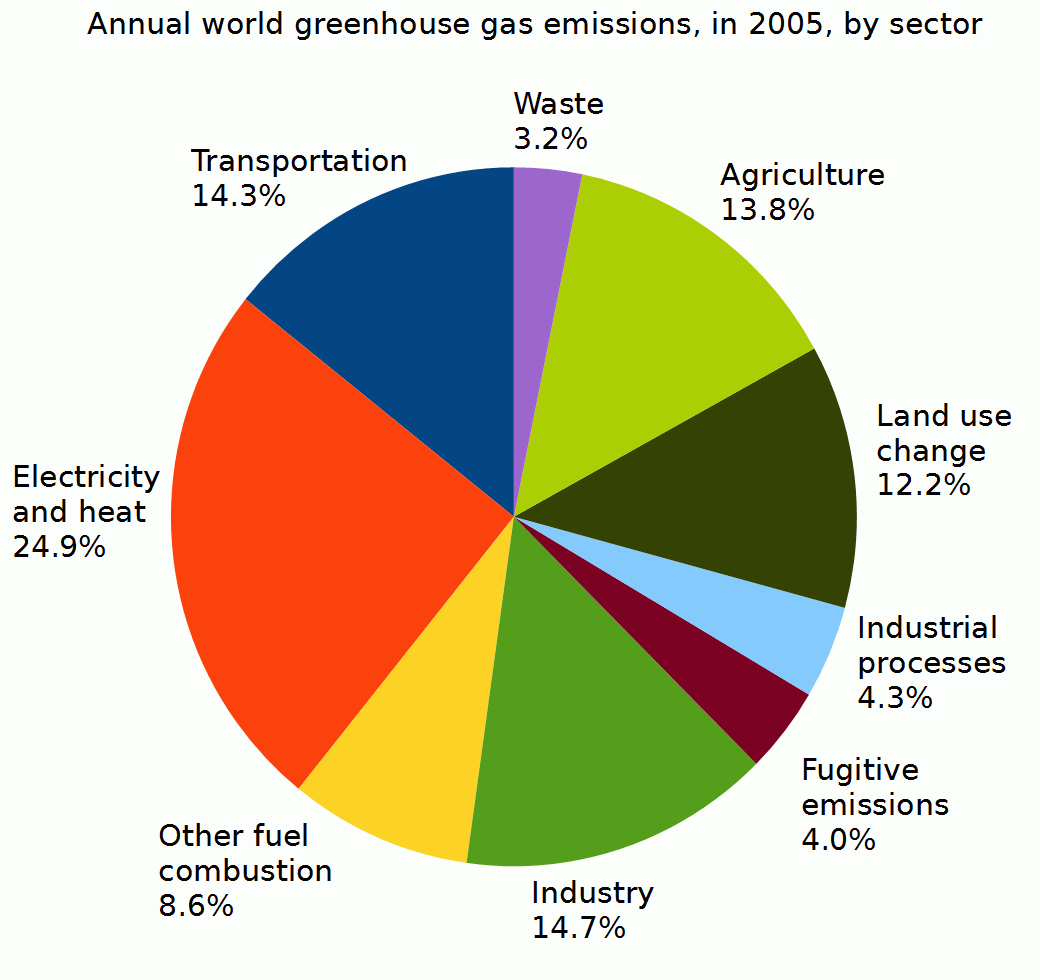



File Annual World Greenhouse Gas Emissions In 05 By Sector Png Wikimedia Commons



All Of The Worlds Greenhouse Gas Emissions Interactive Pie Chart Scroll Down A Little Dataisbeautiful
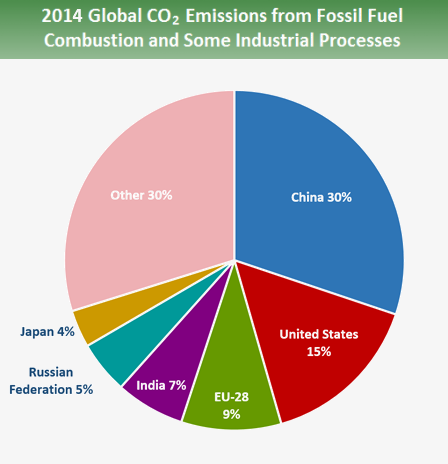



Global Greenhouse Gas Emissions Data Us Epa




Global Gas Emissions Climate Energy And Society College Of Liberal Arts Auburn University
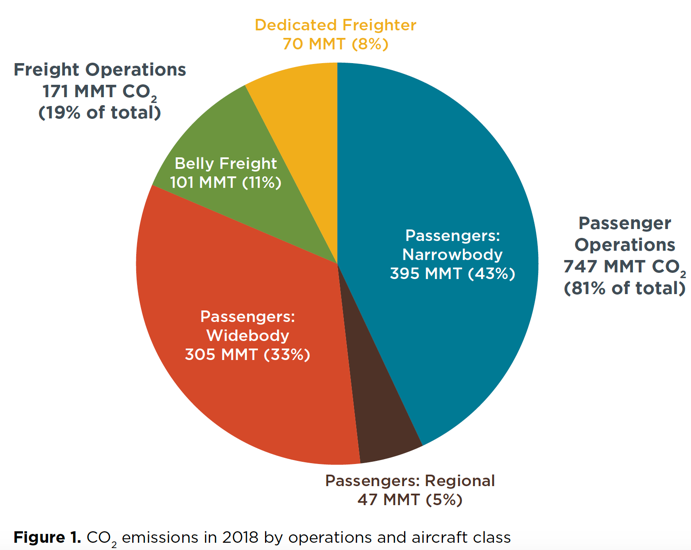



Co2 Emissions From Commercial Aviation 18 International Council On Clean Transportation
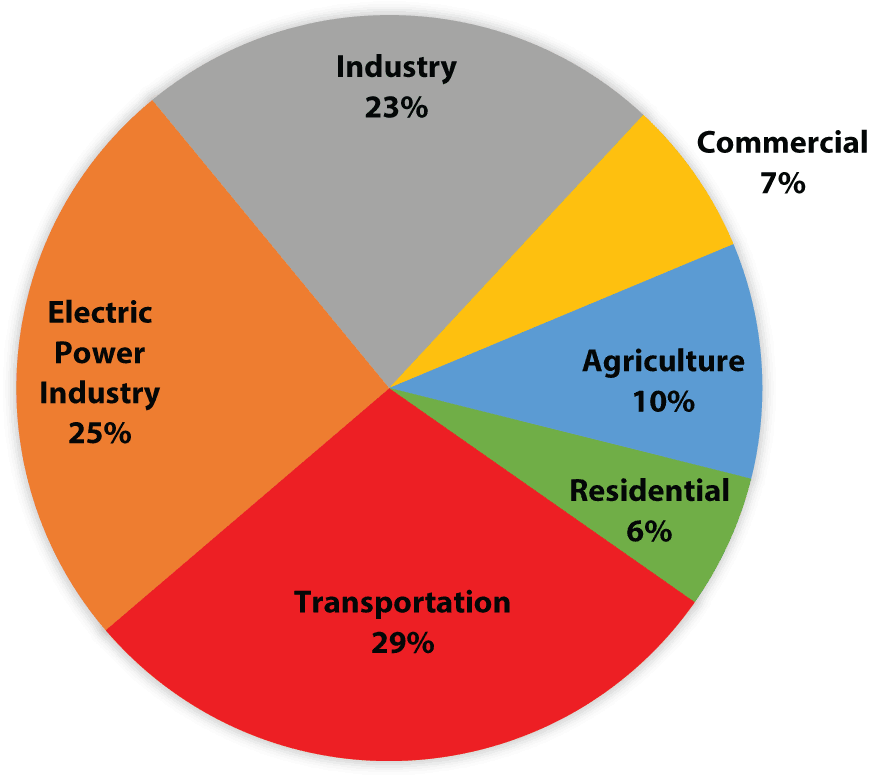



Agriculture And Greenhouse Gas Emissions G310 Mu Extension
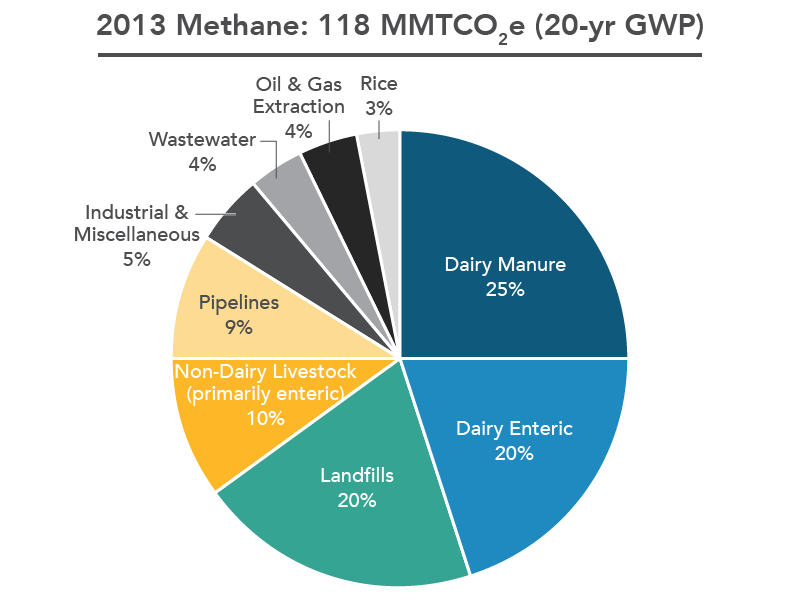



Ghg Short Lived Climate Pollutant Inventory California Air Resources Board



1



1
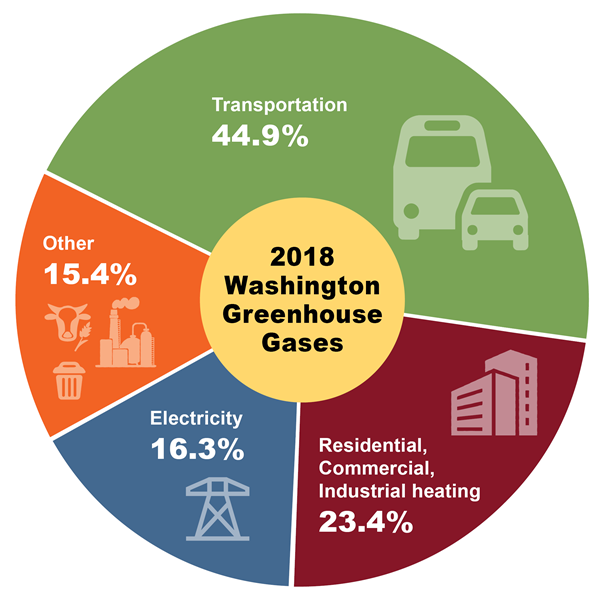



18 Data Washington State Department Of Ecology
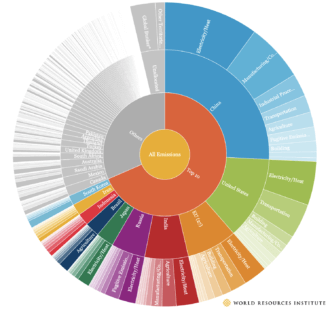



The Cop Nudges Businesses Toward Sustainability Normative




Breakdown Of Greenhouse Gas Emissions France 17 Statista
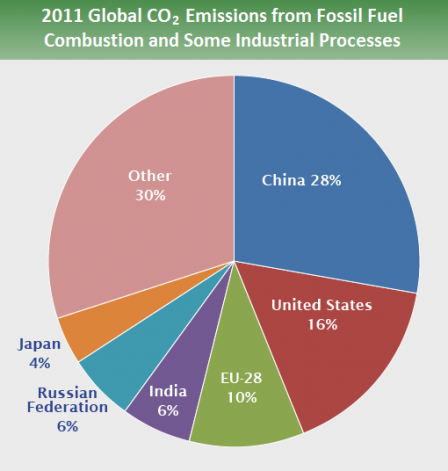



Fichier Global Emissions Country 15 Png Wikipedia




Climate Change Sustainability City Of Winnipeg
コメント
コメントを投稿